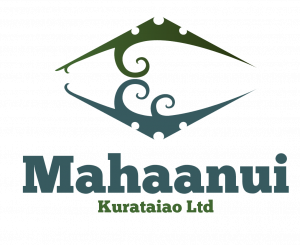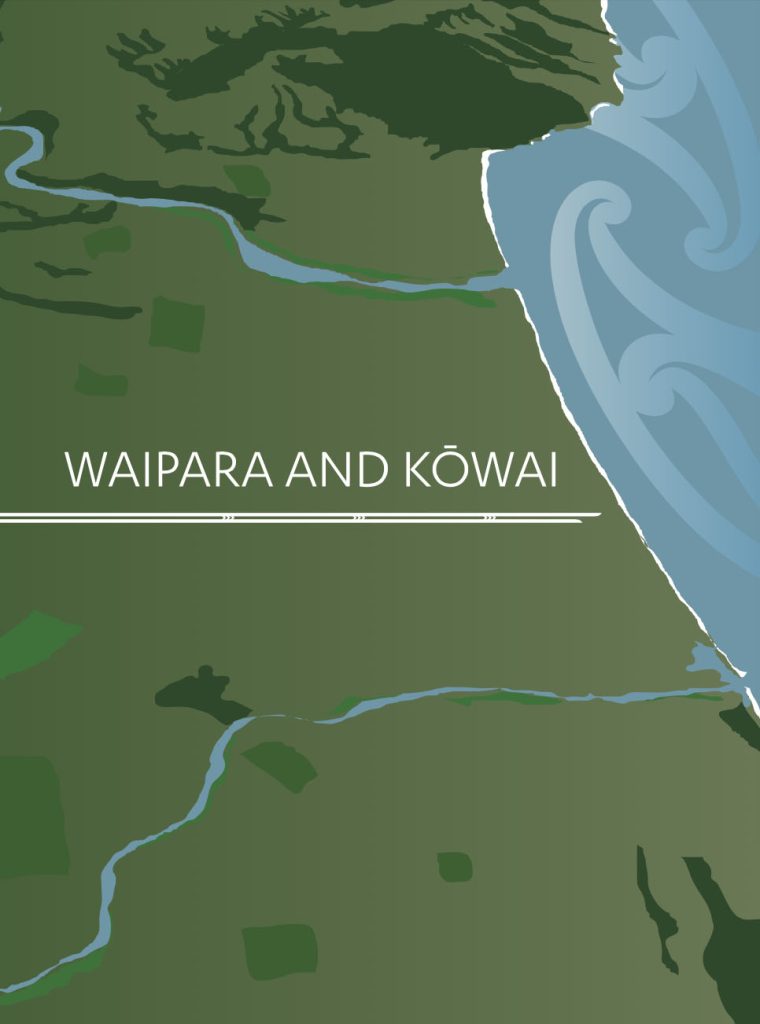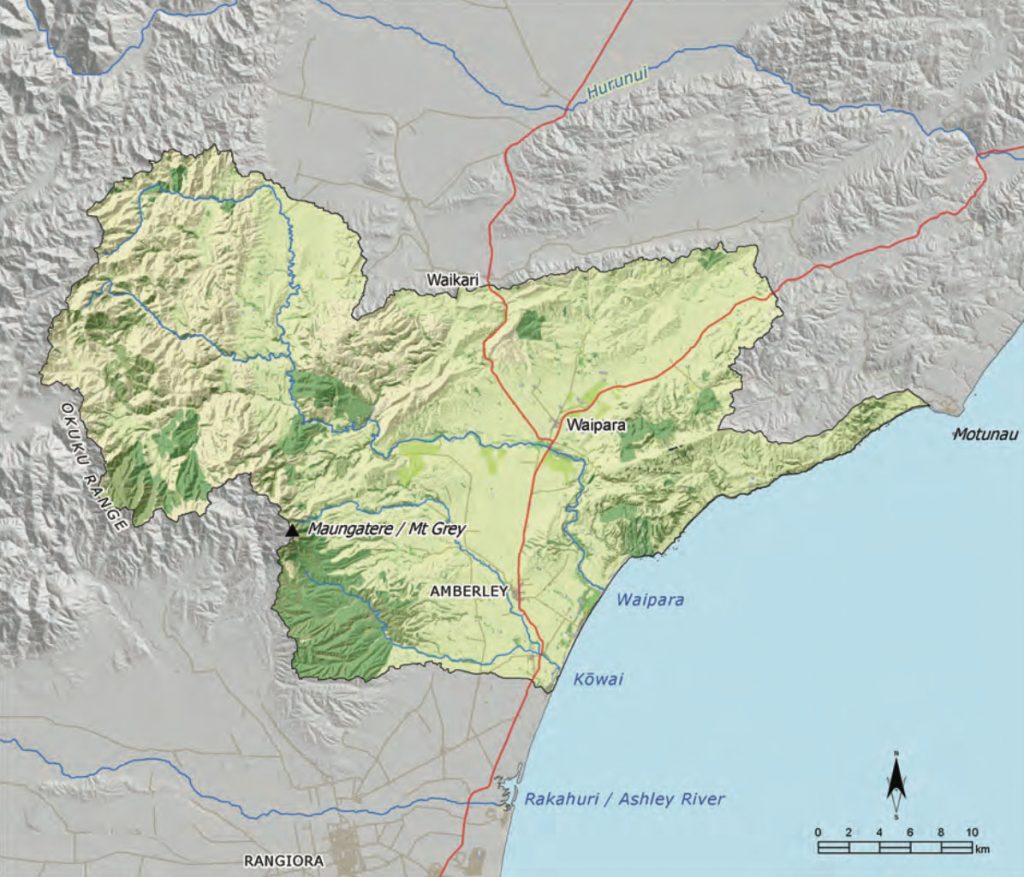"There is not enough water in the Waipara or Kōwai Rivers to sustain cultural values."
Te Rūnanga o Ngāi Tūāhiri IMP hui.
This section address issues of particular significance in the Waipara and Kōwai river catchments (Map 8).
The Waipara, named with reference to a fish caught in the river, is a rain fed river flowing from the eastern foothills of Ngā Tiritiri o Te Moana to the Waipara lagoon. The Kōwai, named after the native tree Sophora microphylla, drains a small catchment west of Amberley. Both rivers flow into coastal lagoons and meet alongside Amberley Beach. They are considered together in this IMP due to the immense significance of the coastal area between them as one large mahinga kai resource.
For tāngata whenua, the current state of cultural health of the Waipara and Kōwai catchments is evidence that water management and governance in the region has failed to have particular regard for kaitiakitanga, and to recognise and provide for the relationship of Ngāi Tahu with these waterways as a matter of national importance. Surface and groundwater resources are over-allocated (Issue WK2) and water quality is degraded as a result of inappropriate rural land use (Issue WK3). This has significant adverse effects on Ngāi Tahu values and interests, particularly mauri, natural character, mahinga kai, indigenous biodiversity and the hāpua where the Waipara and Kōwai rivers meet the sea.


